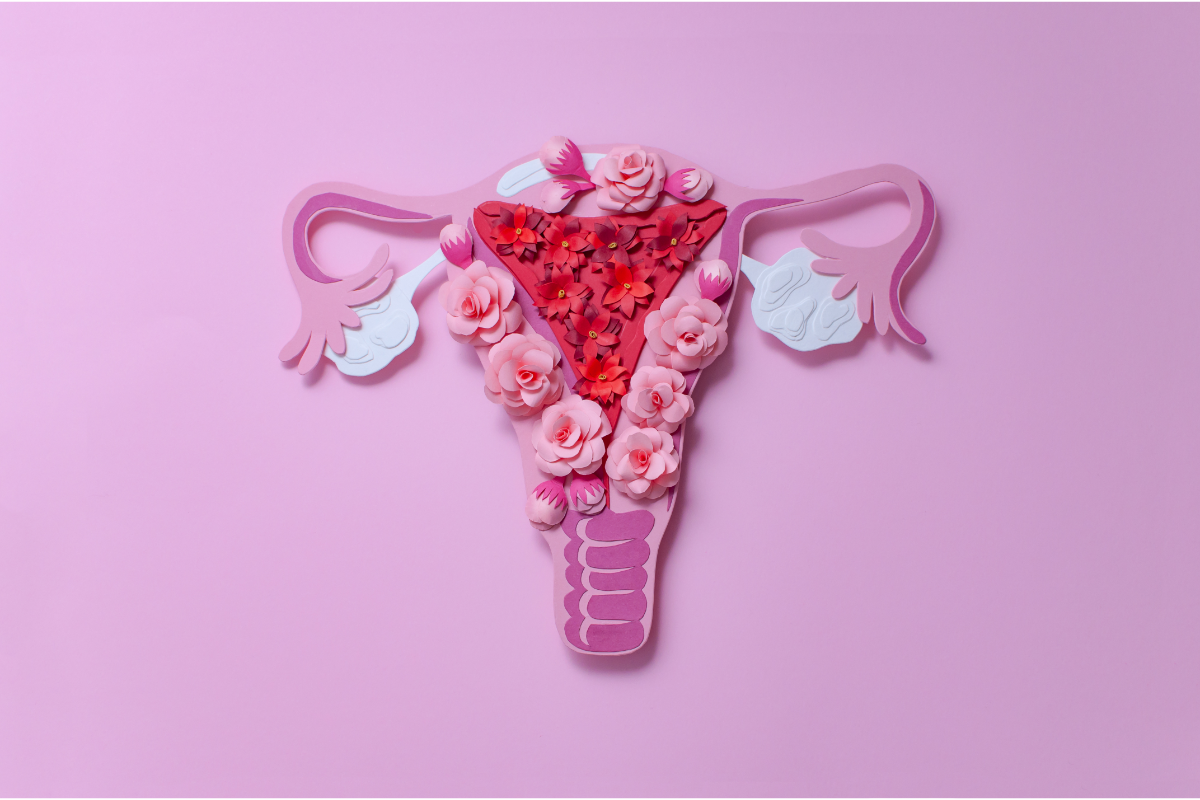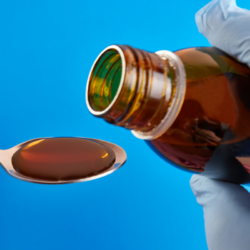The ovarian reserve is a crucial component of female fertility, consisting of the primordial follicles (PMFs) that determine reproductive capacity throughout life. Science continues to unveil new mechanisms for protecting this reserve. Among these, the role of anti-mullerian hormone(AMH) stands out not only for its influence on follicular growth, but also for its ability to stimulate an essential cellular process: autophagy. This article explores how AMH helps to maintain the ovarian reserve by inducing autophagy, thereby providing better protection for primordial follicles.
Why are women born with a limited ovarian reserve?
Unlike other cells in the human body, which renew themselves throughout life, women are born with a fixed and limited number of primordial follicles in their ovaries. This stock, established during foetal life, can neither increase nor regenerate during life. On average, a woman is born with between one and two million follicles, but this number decreases rapidly from birth, and this process continues throughout her reproductive life.
Each menstrual cycle mobilises a small proportion of these follicles, but the vast majority are lost through a natural process called follicular atresia. As a result, by the time a woman reaches the menopause, the ovarian reserve is virtually exhausted. It is therefore essential to preserve these follicles from birth, because once lost they cannot be replaced, directly impacting fertility.
Preserving these primordial follicles is therefore essential for maintaining fertility.
What is Anti-Müllerian Hormone (AMH) used for?
Anti-Müllerian hormone(AMH), produced by the granulosa cells of growing follicles, is recognised for its inhibitory role in the activation of primordial follicles(PMFs). It acts as an essential regulator, preventing the early activation of PMFs and thus preserving the ovarian reserve. This hormone is a member of the TGF-β (Transforming Growth Factor Beta) family and exerts its action primarily by slowing down the PI3K (Phosphatidylinositol 3-kinase) signalling pathway, which is essential for follicular activation.
Why is autophagy crucial for cell survival?
Autophagy is a key cellular mechanism in the degradation and recycling of damaged or useless intracellular components. This process, observed in all cells, is particularly active during periods of stress, such as starvation or cellular damage. It enables cells to maintain their homeostasis by recycling defective proteins and organelles. In the ovary, autophagy plays a fundamental role at different stages of folliculogenesis, particularly in the survival of PMFs.
What is FOXO3A?
FOXO3A is a transcription factor, i.e. a protein that regulates the expression of certain genes. It plays a key role in several cellular processes, such as cell survival, the stress response, and above all in the regulation of autophagy, a mechanism that enables cells to clean themselves by eliminating damaged components. FOXO3A is particularly important in the ovaries, where it helps to protect the ovarian reserve by maintaining primordial follicles in a resting state, thus preserving fertility over the long term.
Recent studies have shown that AMH activates the autophagy process by stimulating the transcription factor FOXO3A. When FOXO3A is dephosphorylated, it is transported to the cell nucleus where it activates the expression of autophagy-related genes. These genes include Atg5, Becn1 and Wipi2, all of which are involved in the formation of autophagosomes, the structures responsible for degrading intracellular components. In this way, AMH not only prevents the activation of primordial follicles, but also promotes their survival by inducing autophagy.
In vivo and in vitro experiments have shown that injection of AMH into mice induces a significant increase in autophagic flux. For example, expression of the LC3 protein, a marker of autophagy, increased in ovaries treated with AMH, confirming that this process was induced. In addition, a decrease in the phosphorylation of FOXO3A was observed, suggesting that AMH promotes its activation. These results were corroborated by western blot analysis and immunofluorescence techniques, showing an increase in the expression of autophagy-related genes after treatment with AMH.
How does AMH protect ovarian reserve through a dual action?
In summary,AMH plays a key role in protecting the ovarian reserve. Not only does it inhibit premature activation of primordial follicles, but it also stimulates the process of autophagy, thereby ensuring the survival of these follicles. These discoveries open up new therapeutic prospects for fertility disorders, particularly with regard to fertility preservation in women suffering from premature menopause or premature ovarian failure.
This protective role of AMH, via the induction of autophagy, underlines the importance of this hormone in the management of ovarian reserves and offers new prospects for reproductive medicine.
Sources
- Anti-Müllerian hormone induces autophagy to preserve the primordial follicle pool in mice, 2024
- Anti-Müllerian hormone in female reproduction. Endocr Rev. 2021
- Al-Bari MAA, Xu P. Molecular regulation of autophagy machinery by mTOR-dependent and -independent pathways. Ann N Y Acad Sci. 2020





